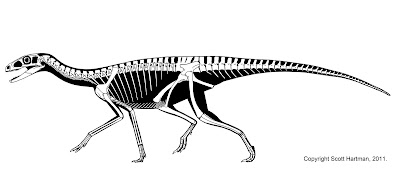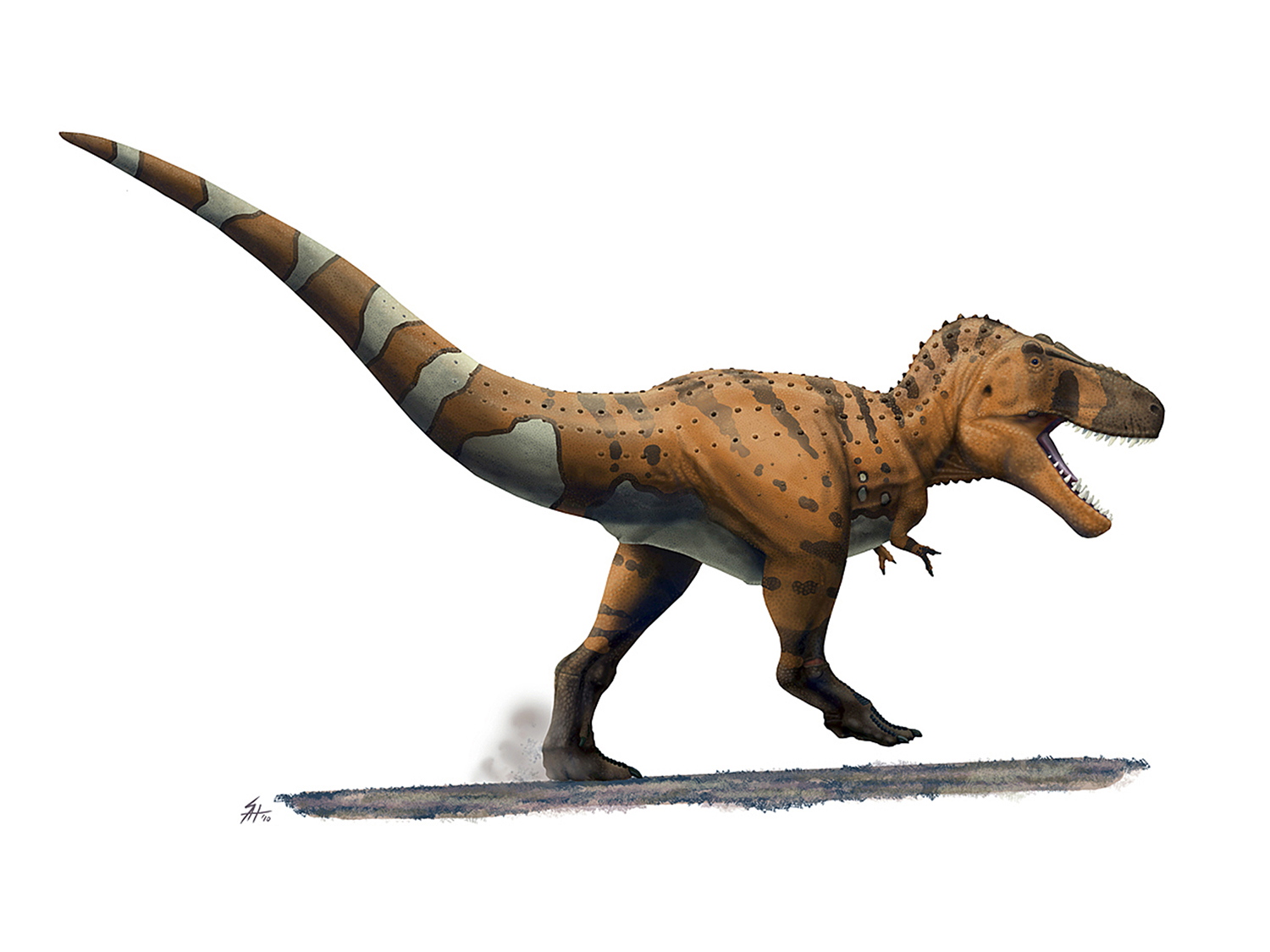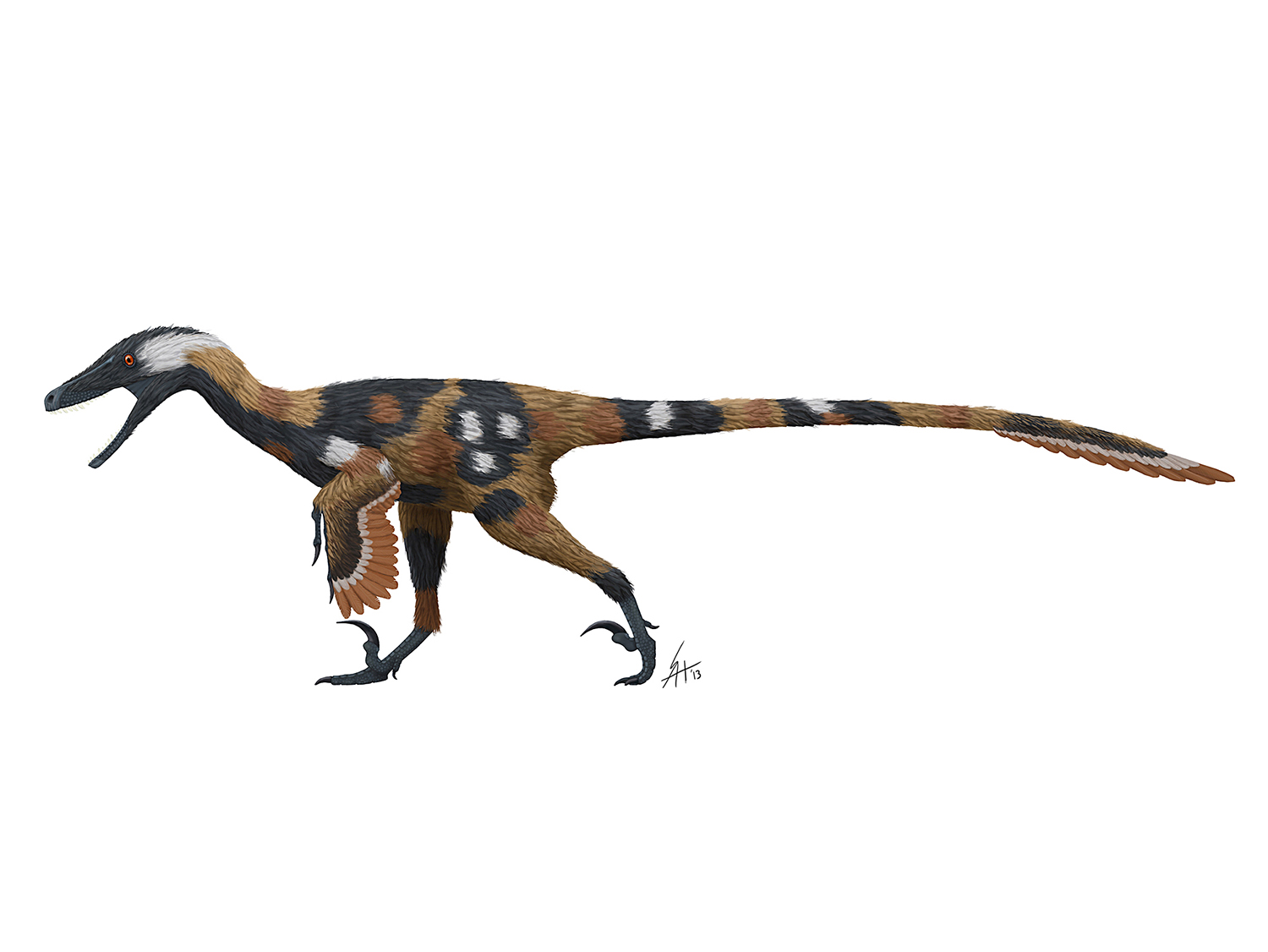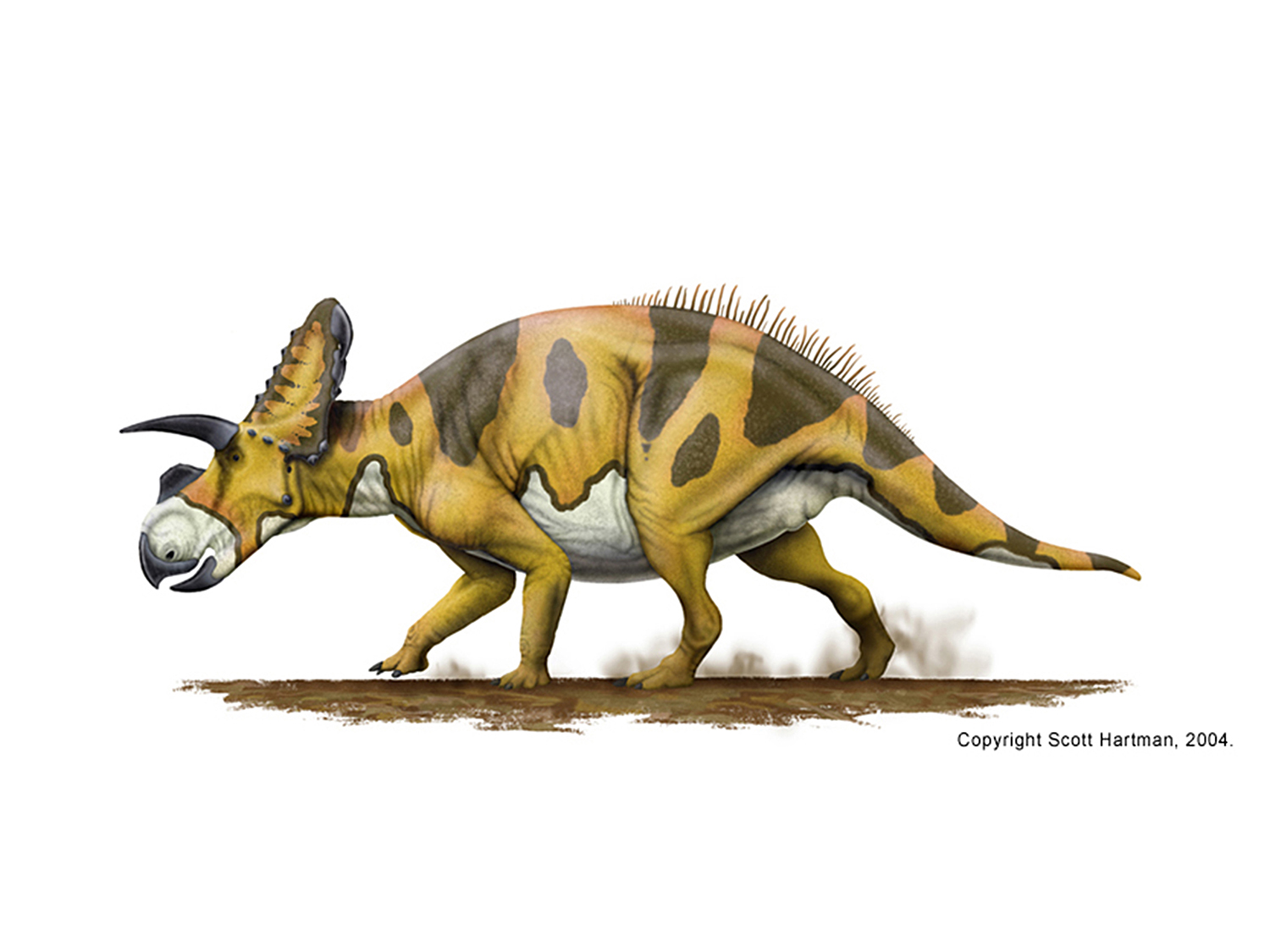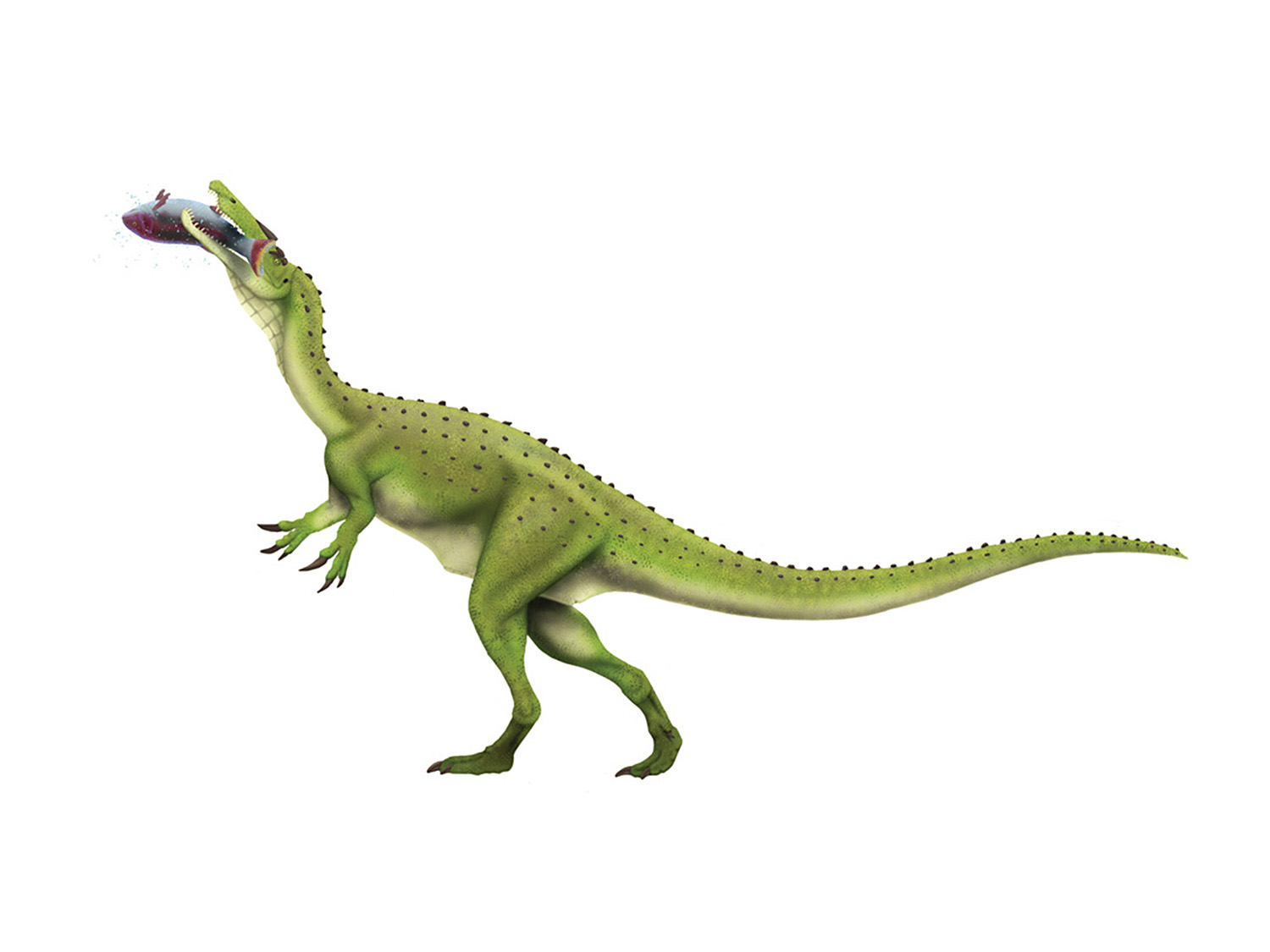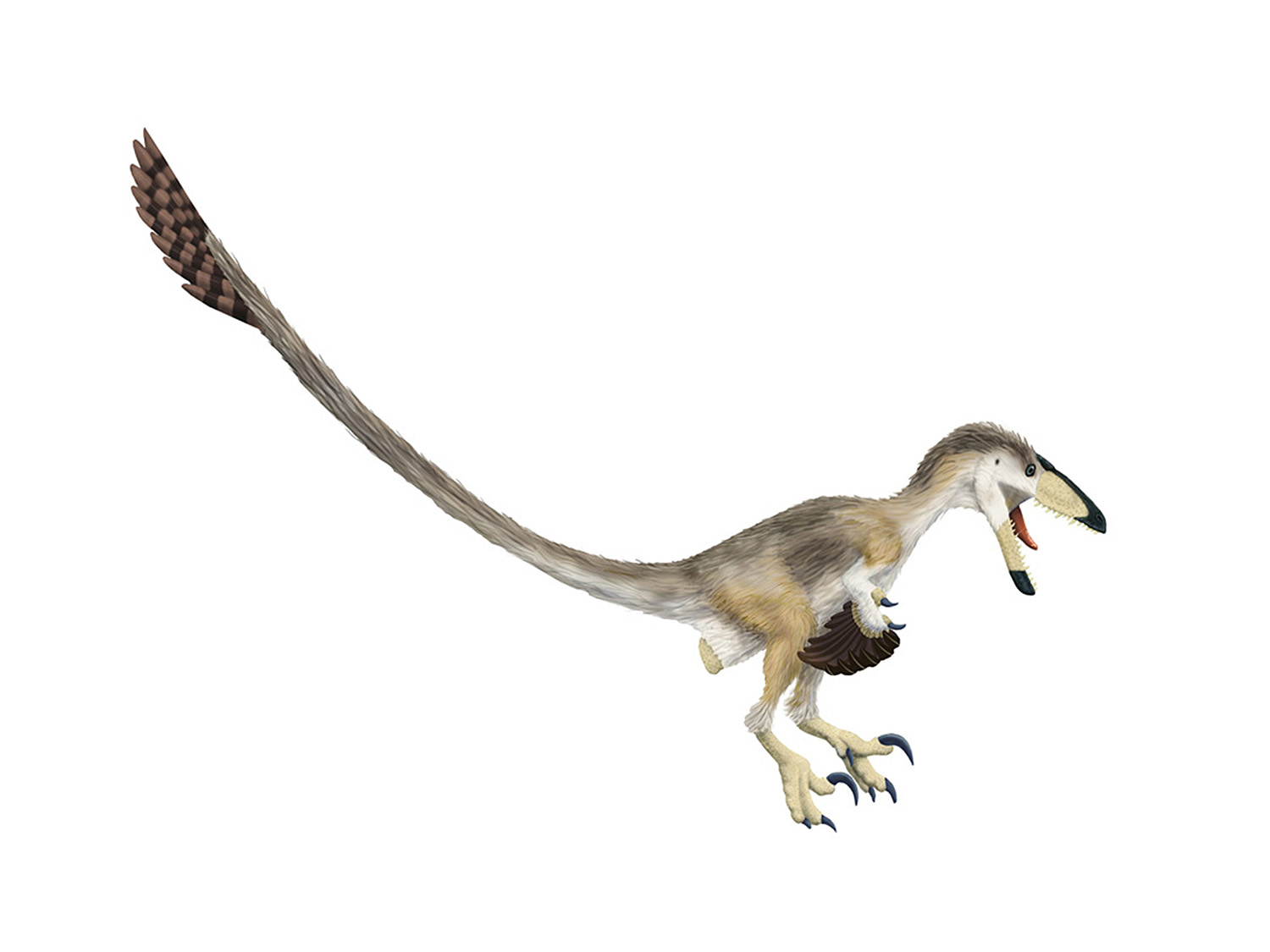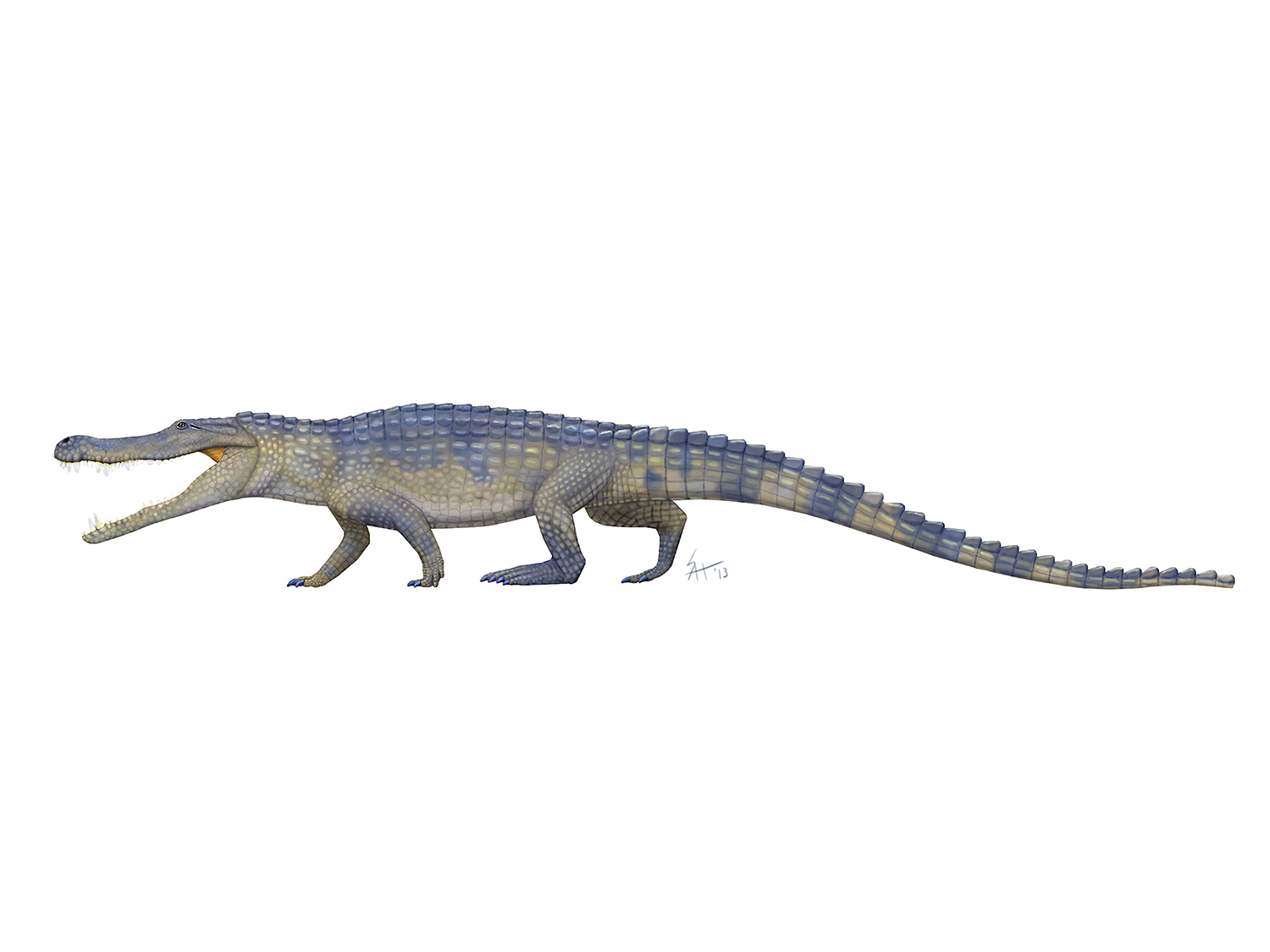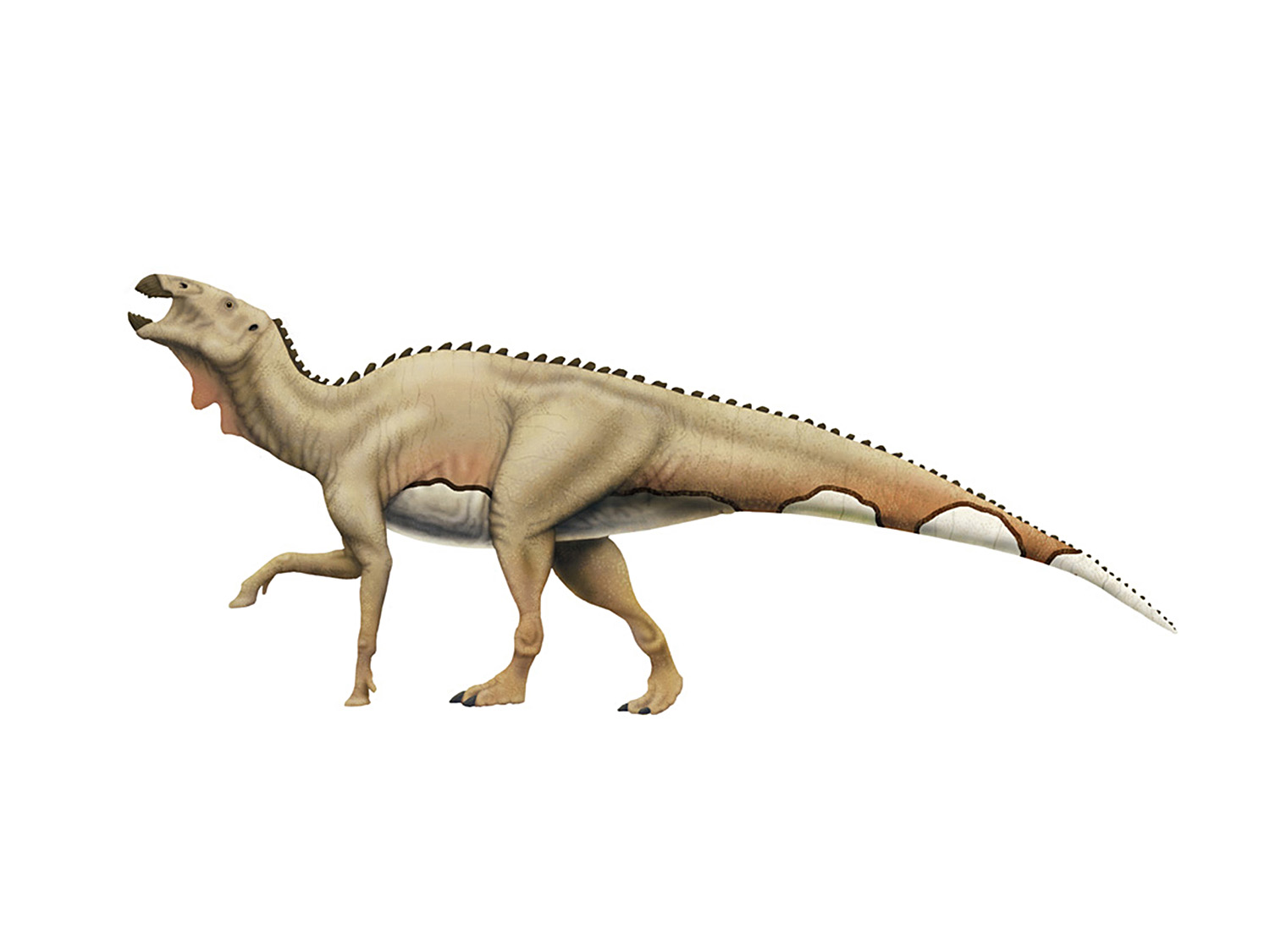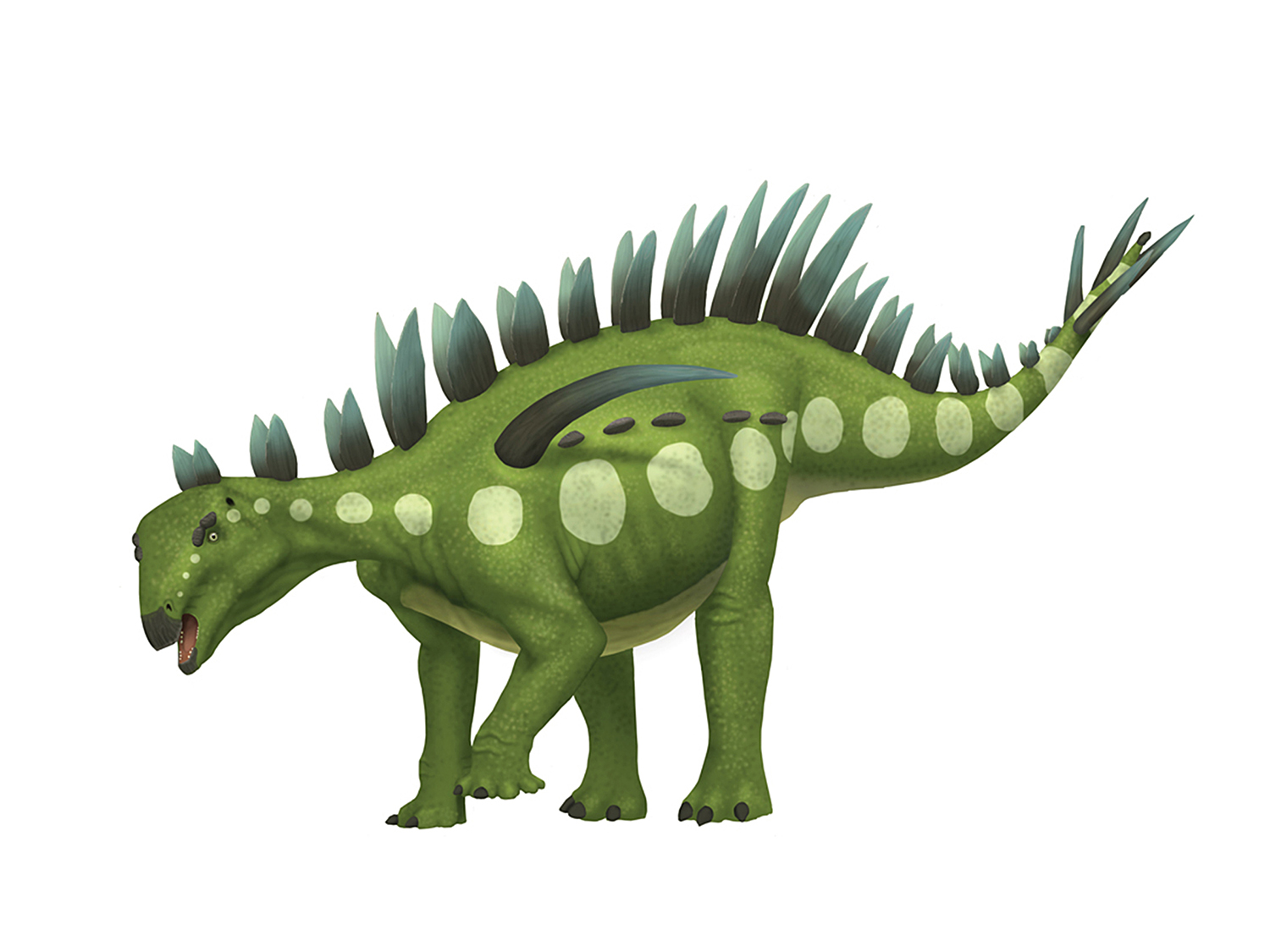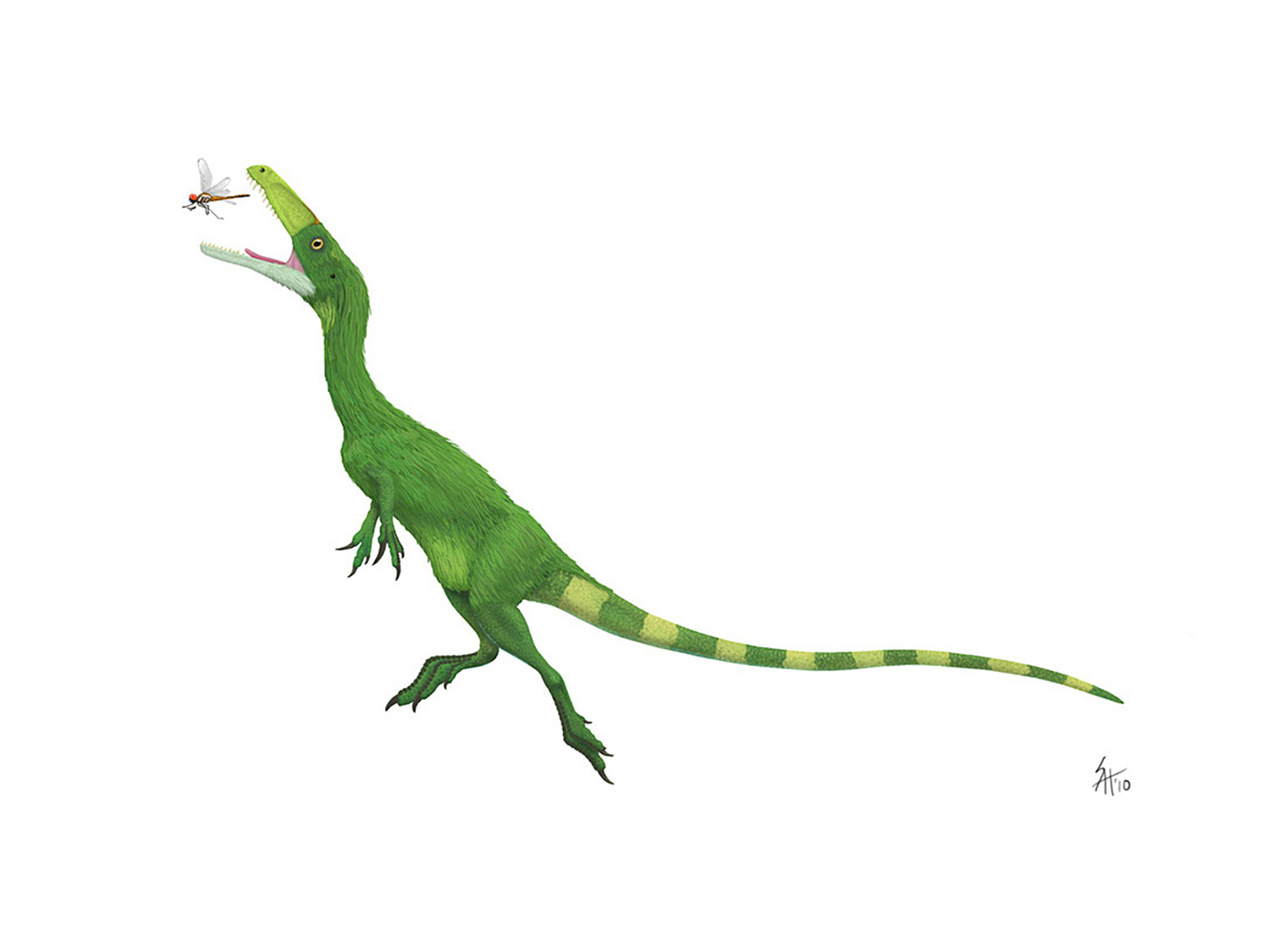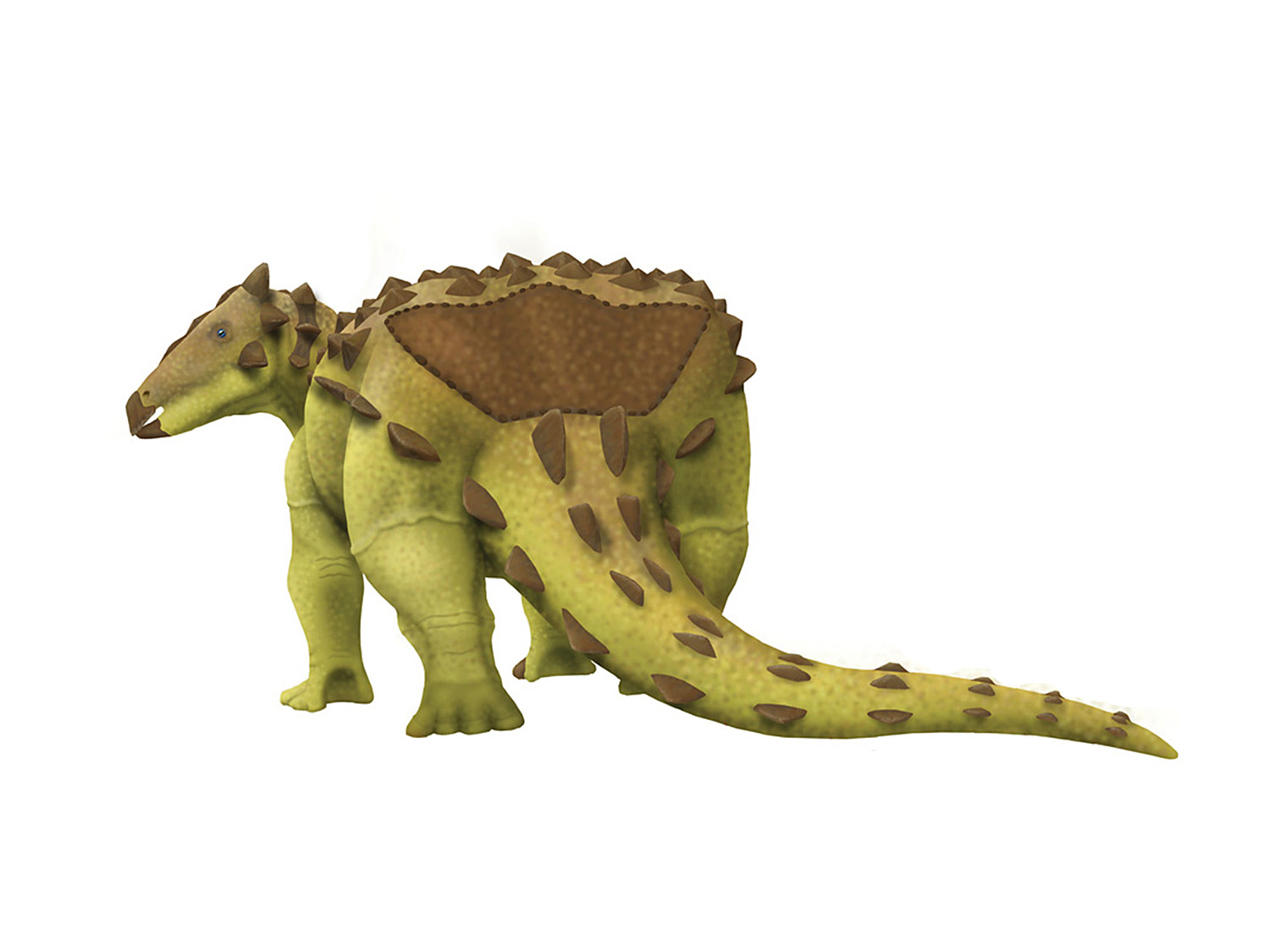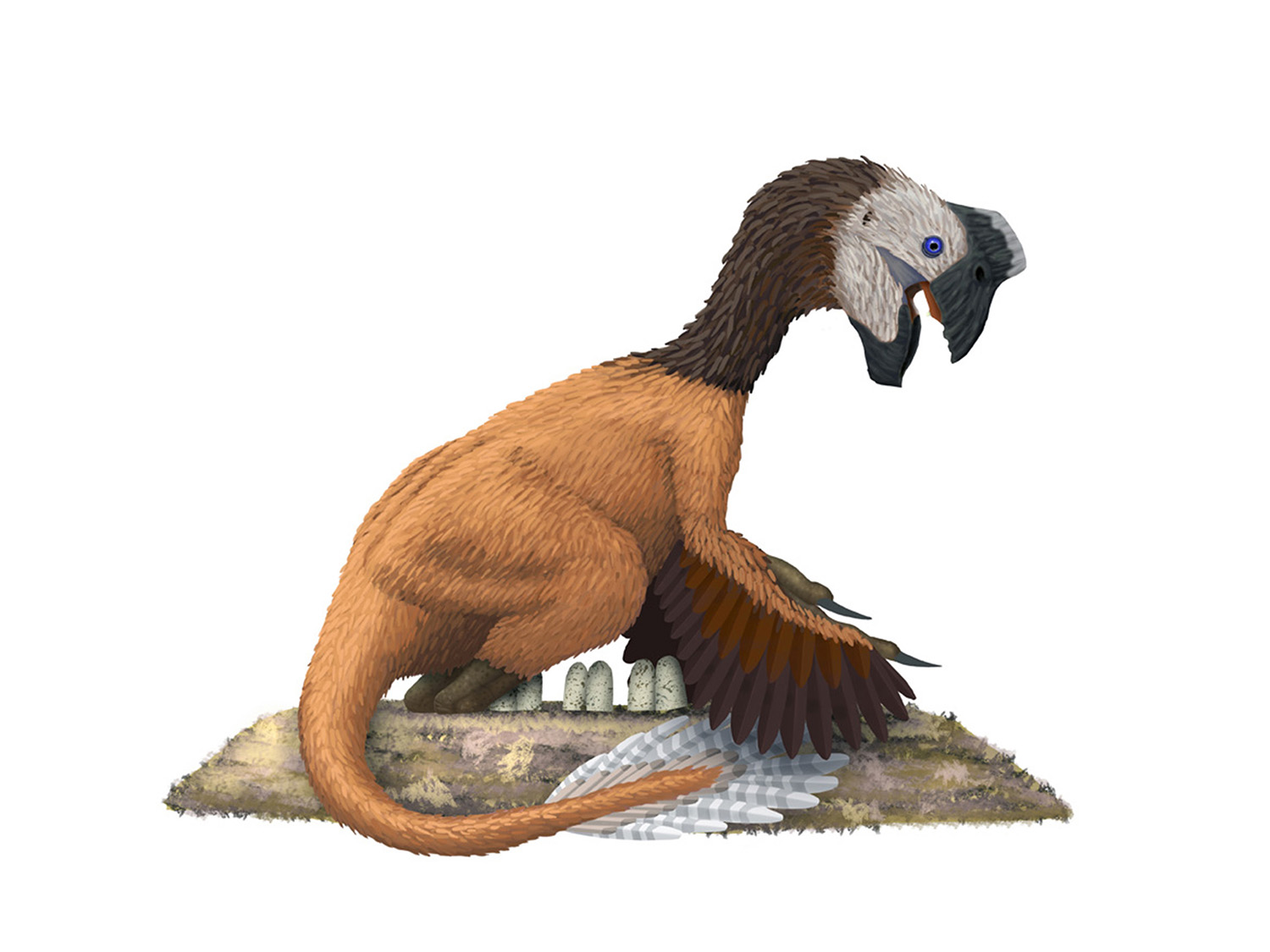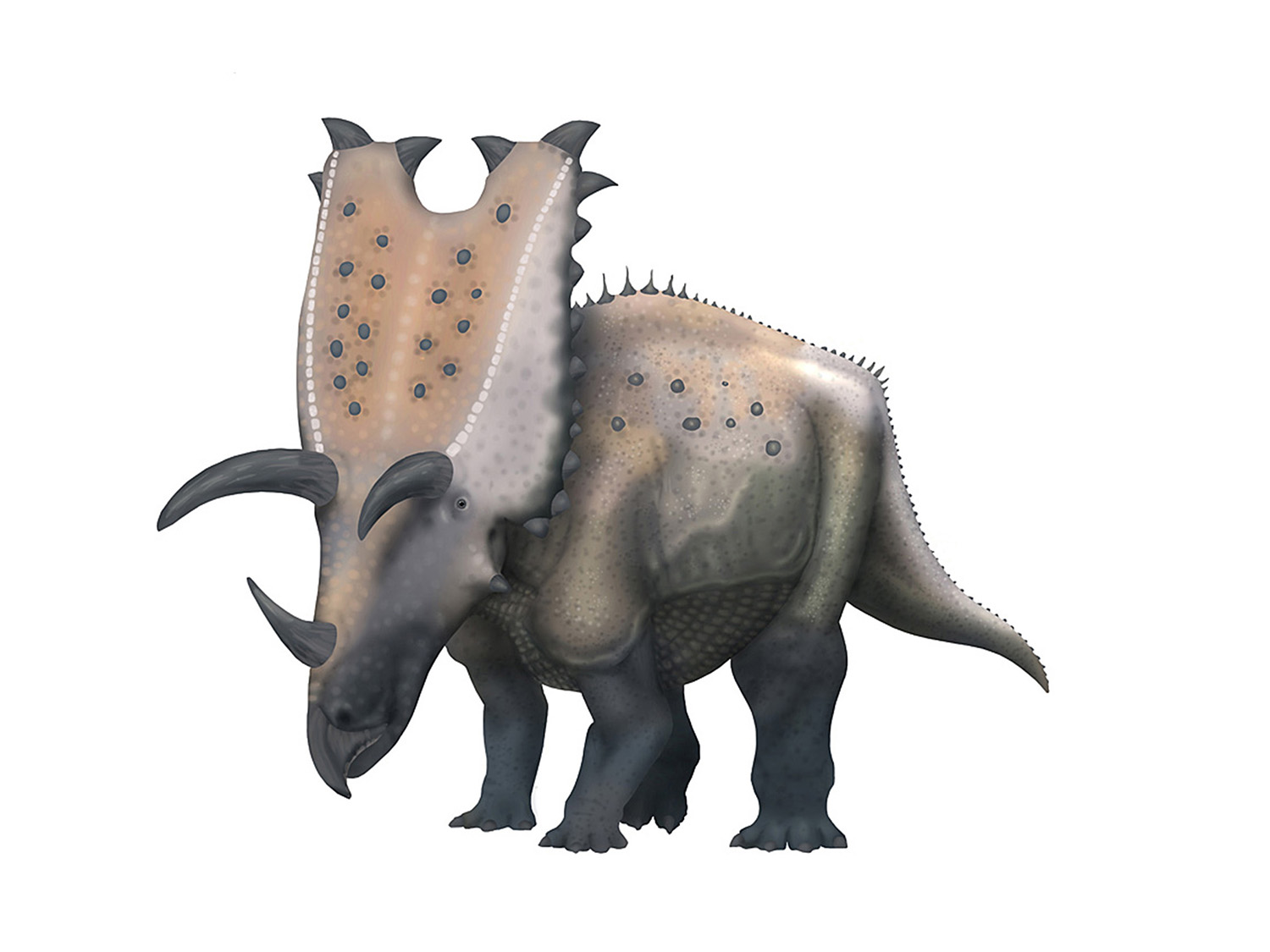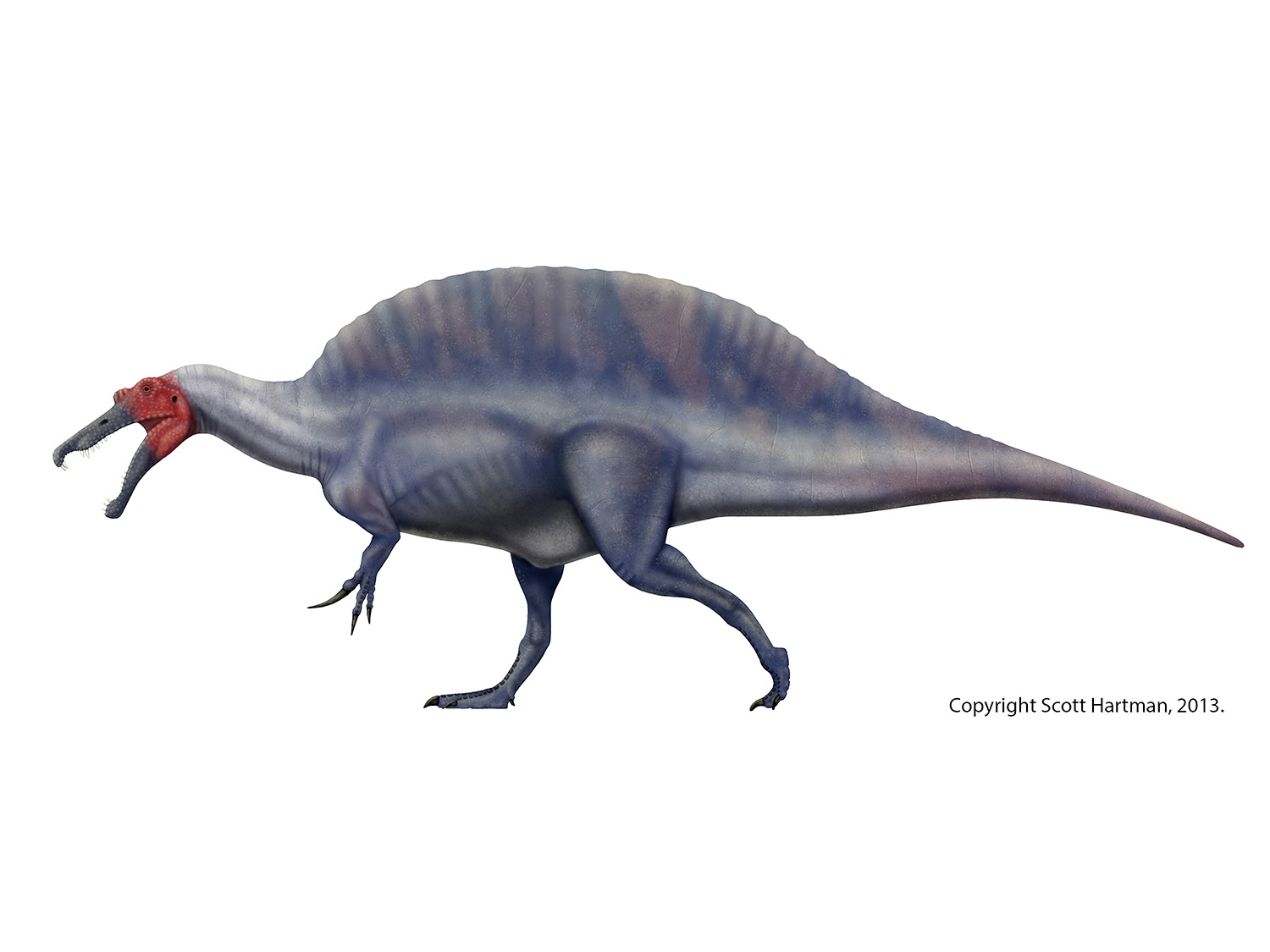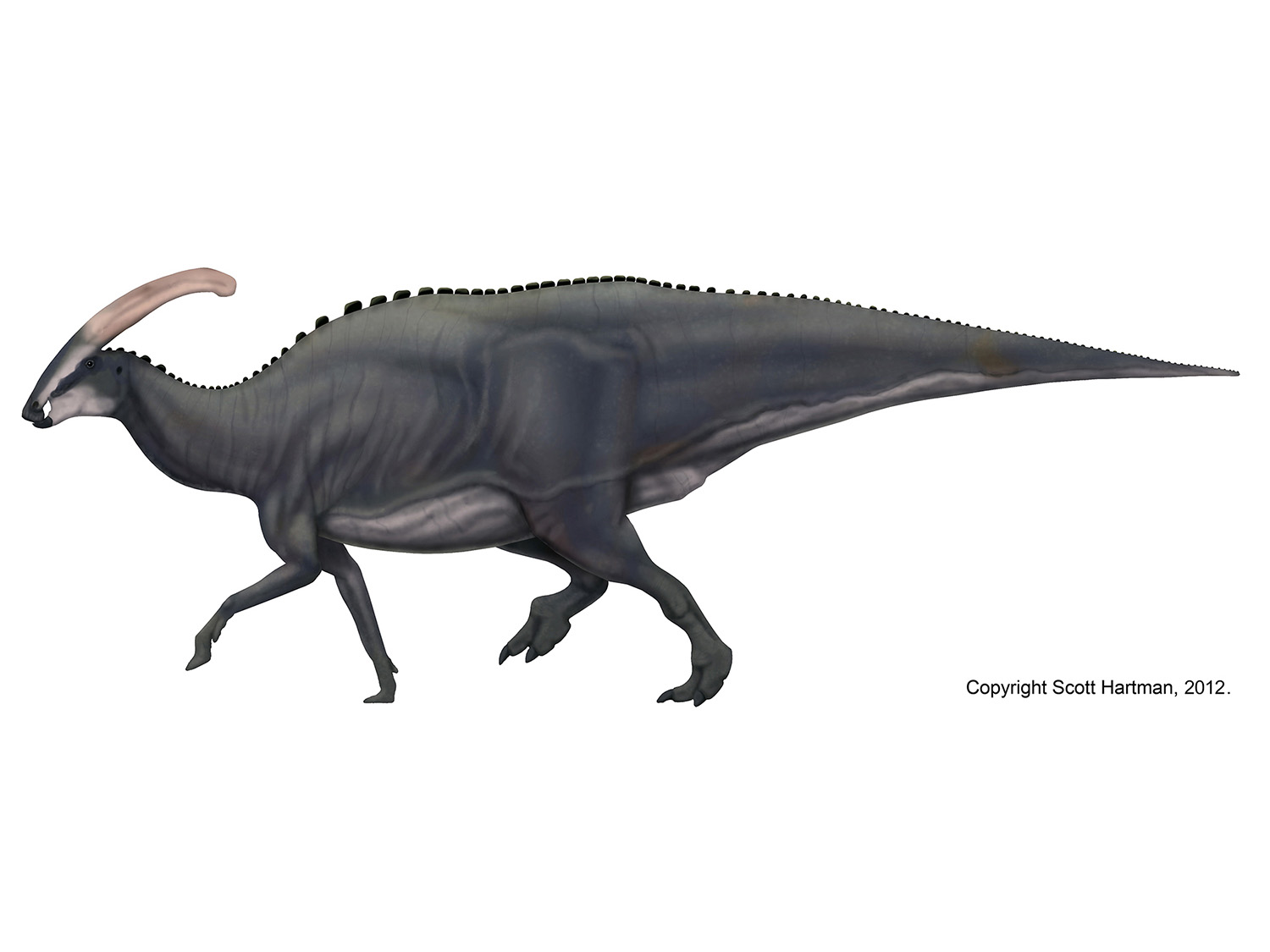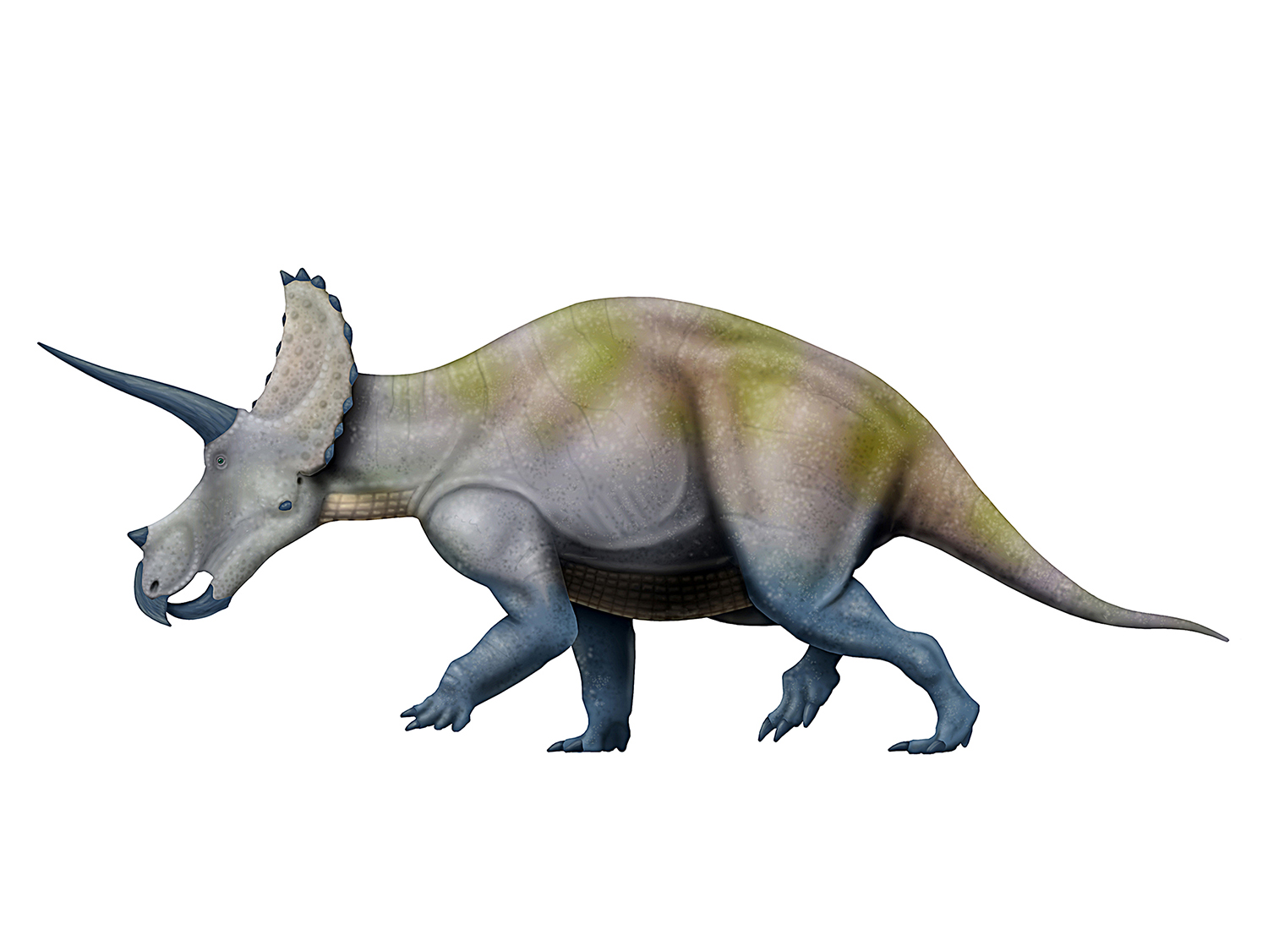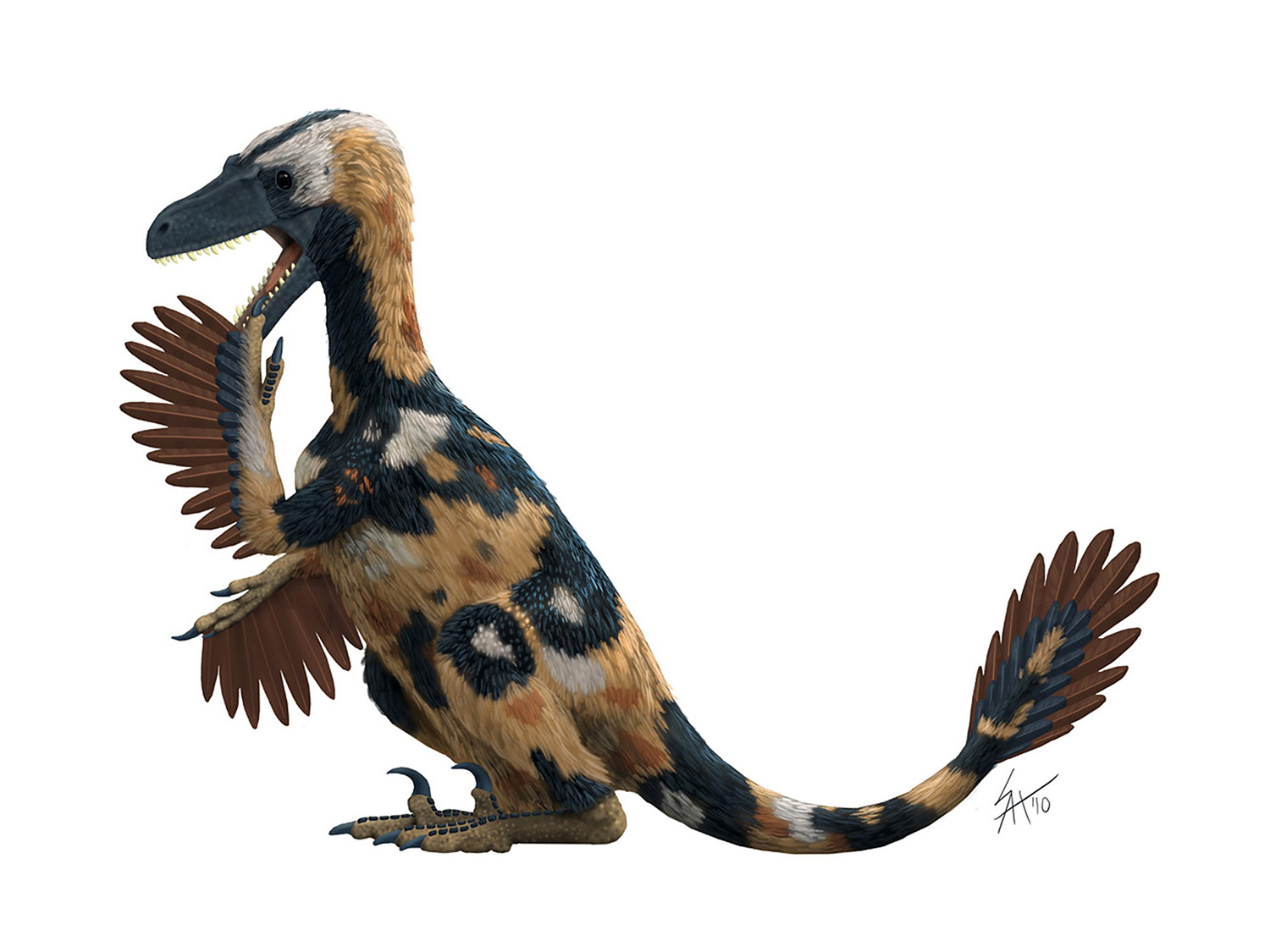T. rex: "Baby got back"
/A few months ago Scott Persons and Phil Currie published a paper that clarified the shape of the tail of T. rex. It's a paper I'm fond of, in part because I did a reconstruction for it. No, I'm not going to post it here; it's already staring at you from the banner of this blog.
In the paper, Persons and Currie did some comparative anatomical sleuthing to better understand the size and shape of the caudofemoralis muscle in tyrannosaurs. For those of you who aren't familiar with the caudofemoralis muscle, it runs down much of the tail and inserts on the femur; when the muscle contracts, it pulls the leg back. This makes it a Very Important Muscle (TM). If you are adventurous (or just happen to live in Louisiana) it's worth noting that if you eat alligator meat, this is the part you usually end up eating.
Their paper demonstrated that many scientists and paleoartists have been underestimating the size of the caudofemoralis by a wide margin. As a result artists were reconstructing the tail incorrectly. Here for example is an Allosaurus (drawn bysome yahoo) that has a tail that is too skinny.

In that yahoo's defense, the image is almost 15 years old. But you can still see many examples of this sort of tail reconstruction in paleo-art published today.
So how are we to fix it? The P&C paper came with a lovely diagram showing the cross-sectional anatomy of an alligator tail:
(From Persons & Currie, 2010)
Unfortunately, alligators don't have tail vertebrae with the same proportions as a T. rex. That's not really a surprise (alligators are aquatic after all) but it might make it more difficult to visualize a tyrannosaur tail in cross-section. So without further ado, here is a quick visual reference on how to do this in tyrannosaurs:
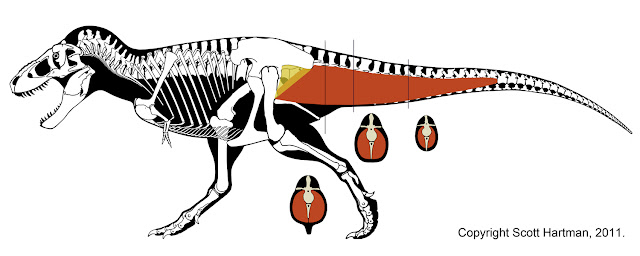
The red muscle is the caudofemoralis. It starts out fairly small, but as it gets closer to the base of the tail it expands greatly, pushing the other muscles in the tail out of the way in the process. As it enters the leg (below most of the leg muscles) it joins another head of the caudofemoralis (yellow) that actually originates from a shelf on the upper hip bone (the illium).
This model of tail muscles probably applies to almost any dinosaur that doesn't have an absurdly reduced tail (birds, I'm looking at you!). And the greater amount of muscle would better power dinosaurs into all of those gee-whiz activities people like to draw them in. So I guess my advice to paleoartists in this case is: "cover your butt".
Reference:
Persons, W., & Currie, P. (2010). The Tail of Tyrannosaurus: Reassessing the Size and Locomotive Importance of the M. caudofemoralis in Non-Avian Theropods. The Anatomical Record: Advances in Integrative Anatomy and Evolutionary Biology DOI: 10.1002/ar.21290


